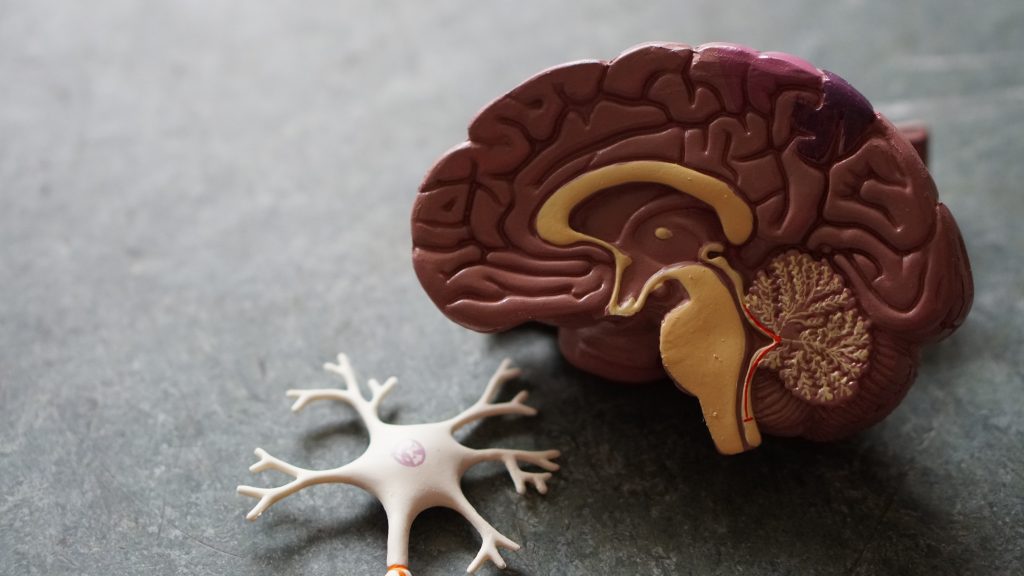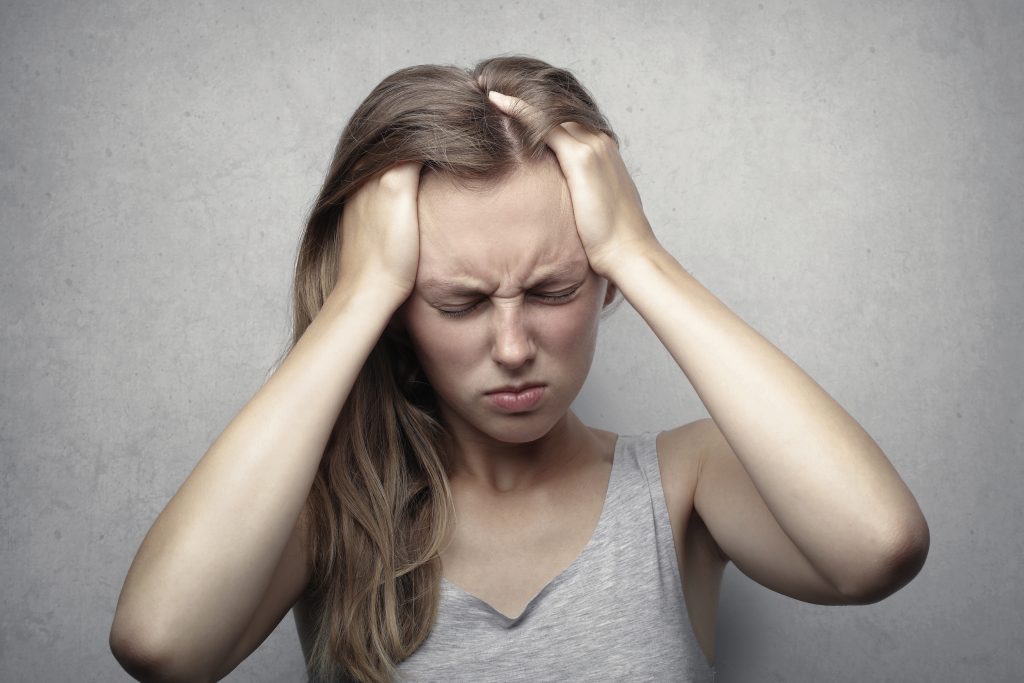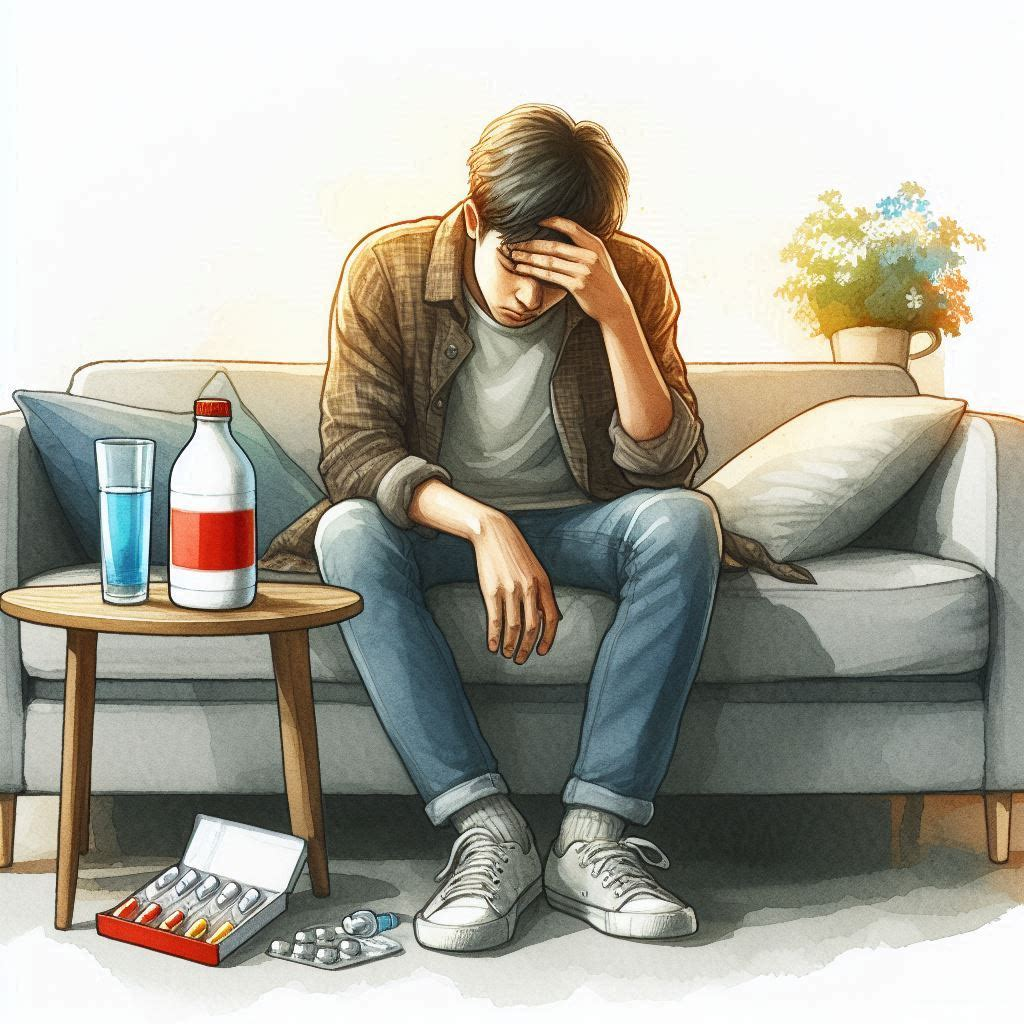Important to know: Chronic health conditions should be addressed under direct medical supervision of your GP or consultant, and acupuncture would be an adjunct or complement to usual care – we advise that you let you doctor know when you use this approach.
Over 80 NHS publications since 2005 have recommended acupuncture both for tension headaches and migraine (and many more worldwide (Birch et al, 2018)
About the research: It is worth noting that in research, randomised controlled studies (RCT) are the most reliable in terms of quality of evidence, with a systematic review or meta analysis of numerous studies being the best way of seeing the overall picture of the state of the evidence. Below we have a selection of the available research, which does include some larger RCTs, and reviews of the literature alongside smaller studies. The n= figure tells you how many people were participants in the study.
The British Acupuncture Council (BAcC) reviewed the evidence for acupuncture in migraine and tension headaches, where a large number of trials have been carried out, considerably more effective than placebo (Tavola et al, 1992.) The BAcC concluded there was some evidence that acupuncture has a significant therapeutic effect on symptoms such as pain and frequency in migraine attacks. It was also noted in a crossover research trial that in addition to demonstrating a significant effect in reduction of frequency of attacks and their duration, that acupuncture has a very low side effect profile (Hesse et al, 1994; Loh et al, 1984).
The British Acupuncture Council has a Research digest where they examined some recent studies on headache and migraine, as well as an evidence based factsheet (links are below).
In a randomized clinical trial (N=66; Yang et al, 2011) comparing acupuncture to the maintenance drug topiramate for chronic migraine prophylaxis (prevention), acupuncture resulted in a statistically significant, greater reduction in the number of monthly days with moderate to severe migraines (than did topiramate), and had fewer side effects than the drug. The study concluded that acupuncture is an effective and well-tolerated alternative to topiramate for migraine prevention. The researchers said: “We suggest that acupuncture could be considered a treatment option for CM patients willing to undergo this prophylactic treatment, even for those patients with medication overuse.” (Yang et al, 2011).
Acupuncture has had a good profile for both migraine and tension headaches since the Cochrane review of 2009, which was updated in 2016 (Linde et al), including 22 trials (n=4985), finding evidence to suggest that adding acupuncture to symptomatic treatment of attacks reduces the frequency of headaches. The researchers expressed the need for further long term trials in this area.
The current NICE headache guidelines (2012; 1.3.9) state the following: “Prophylactic treatment: Consider a course of up to 10 sessions of acupuncture over 5 to 8 weeks for the prophylactic treatment of chronic tension‑type headache.”
The German Migraine and Headache Society and the German Society of Neurology recommend acupuncture for prevention of migraine in patients who refuse or do not tolerate prevention with drugs. They also state that: “there is some evidence that traditional Chinese acupuncture is effective in the treatment of acute migraine attacks” (Dierner et al, 2019; p12).
A systematic review on migraine without aura (Xu et al, 2018) examined 14 RCTs (n=1155), drawing the conclusion that acupuncture is safe, more beneficial that sham control in addressing symptoms, although they were reserved in the strength of this finding by the quality of some of the evidence available, meaning further studies were warranted.
Ambrosie et el, (2012) looked at cost effectiveness of acupuncture use in this field, using the NHS measure of cost per quality adjusted life year (QALY) gain from treatment usage, finding acupuncture to be cost effective by this measure.
Melchart et al (2003), compared acupuncture with the use of the drug sumatriptan (6 mg subcutaneously), and placebo injection, in an RCT (n=179), in early treatment of an acute migraine attack. Their main outcome measure was the number of patients in whom a full migraine attack was prevented, with both acupuncture and sumatriptan being more effective than a placebo injection in the early treatment of an acute migraine attack. When an attack could not be prevented, sumatriptan was more effective than acupuncture at relieving headache, but had less side effects than did the drug. They acknowledged that the practicality of providing acupuncture in an outpatient setting at the onset was more difficult than the use of drugs, but highlighted its positive role in the prevention (prophylaxis) of attacks.
A systematic review protocol was put forward recently (Zhang et al, 2020) for auricular (ear protocol) acupuncture in migraine, so it will be of interest to see the outcome when this is published.
Mechanisms of action:
Acupuncture studies have shown it can: provide pain relief by stimulating nerves in body tissues and leading to endorphin release (natural painkilling substances), as well as downregulating the brain and nervous system’s reaction to stress and pain (Zhao 2008; Zijlstra et al, 2003; Pomeranz, 1987).
Acupuncture stimulates the body to create its own natural painkilling substances, such as Beta Endorphins (β-Endorphin). In studies acupuncture has been shown to stimulate the production of natural painkillers called opioid-like peptides (OLPs), including β-Endorphin: For example, this was shown in an RCT in 90 patients with a range of painful disorders (Petti et al, 1998). The same study showed acupuncture also and enhanced the activity of immune cells (lymphocytes, natural killer cells and monocytes) that help fight infections and diseases (Petti et al, 1998).
Zijlstra et al (2003) reviewed the effects and mechanisms of acupuncture in treating various inflammatory diseases and conditions. They proposed the mechanisms of action:
- Acupuncture may release neuropeptides from nerve endings that have vasodilative and anti-inflammatory effects through CGRP.
- Acupuncture may also interact with substance P, which is involved in pain transmission and inflammation.
- Acupuncture may contribute to analgesia by stimulating the release of β-endorphin, which binds to opioid receptors and inhibits pain signals.
- Acupuncture may influence the balance between cell-specific pro-inflammatory and anti-inflammatory cytokines such as TNF-α and IL-10.
Acupuncture can activate mast cells at acupoints, which release histamine, serotonin, adenosine, and other mediators that modulate nerve transmission and inflammation (Li et al, 2022)
Acupuncture has been shown in animal models to promote the release of factors that involved in the reduction of inflammation (vascular and immunomodulatory factors – (Kim et al, 2008; Kavoussi and Ross, 2007 [review article]; Zijlstra et al, 2003), and also to affect levels of serotonin (in an animal model), and other peptides in the brain and nervous system and modulate blood flow in the brain and elsewhere in the body, in humans (Zhong and Li, 2007; Shi et al, 2010; Park, 2009).
Electroacupuncture (EA) has been shown in a rat model (Li et al, 2008) to have anti-inflammatory benefits by modulating the hypothalamic-pituitary-adrenal (HPA) axis, (HPA axis regulates the stress response and immune function). Specifically, Li et al outlined that EA sets off a cascade in the brain (via corticotropin-releasing hormone, and adrenocorticotropic hormone) to produce cortisol, which reduces inflammation and oedema.
Resources:
British Acupuncture Council evidence based factsheet about Migraine including specific research, trials and mechanisms of action for acupuncture in this condition.
British Acupuncture Council evidence based factsheet about Headaches including specific research, trials and mechanisms of action for acupuncture in this condition.
British Acupuncture Council Research Digest – Headache and Migraine (approx halfway down the document)
British Acupuncture Council Review Paper Migraine and Acupuncture: The evidence for effectiveness
BAcC Factsheet on Stress
Blog: Migraine – BBC Morning Live feature | shaftesburyclinic
References:
Ambrósio, E.M.M., Bloor, K. and MacPherson, H., 2012. Costs and consequences of acupuncture as a treatment for chronic pain: a systematic review of economic evaluations conducted alongside randomised controlled trials. Complementary therapies in medicine, 20(5), pp.364-374.
Birch, S., Lee, M.S., Alraek, T. and Kim, T.H., 2018. Overview of treatment guidelines and clinical practical guidelines that recommend the use of acupuncture: a bibliometric analysis. The Journal of Alternative and Complementary Medicine, 24(8), pp.752-769.
Diener, H.C., Holle-Lee, D., Nägel, S., Dresler, T., Gaul, C., Göbel, H., Heinze-Kuhn, K., Jürgens, T., Kropp, P., Meyer, B. and May, A., 2019. Treatment of migraine attacks and prevention of migraine: Guidelines by the German Migraine and Headache Society and the German Society of Neurology. Clinical and Translational Neuroscience, 3(1), p.3.
Hesse J, Movelvang B, Simonsen H. (1994) Acupuncture versus metroplol in migraine prohylaxis: a randomised trial of trigger point activation. J Intern Med 235: 451-6
Kavoussi B, Ross BE. The neuroimmune basis of anti-inflammatory acupuncture. Integr Cancer Ther. 2007 Sep;6(3):251-7.
Kim HW, Uh DK, Yoon SY et al. Low-frequency electroacupuncture suppresses carrageenan-induced paw inflammation in mice via sympathetic post-ganglionic neurons, while high-frequency EA suppression is mediated by the sympathoadrenal medullary axis. Brain Res Bull. 2008 Mar 28;75(5):698-705.
Li, A., Lao, L., Wang, Y., Xin, J., Ren, K., Berman, B.M., Tan, M. and Zhang, R., 2008. Electroacupuncture activates corticotrophin-releasing hormone-containing neurons in the paraventricular nucleus of the hypothalammus to alleviate edema in a rat model of inflammation. BMC Complementary and Alternative Medicine, 8(1), pp.1-8.
Li, Y., Yu, Y., Liu, Y. and Yao, W., 2022. Mast cells and acupuncture analgesia. Cells, 11(5), p.860.
Linde, K., Allais, G., Brinkhaus, B., Fei, Y., Mehring, M., Vertosick, E.A., Vickers, A. and White, A.R., 2016. Acupuncture for the prevention of episodic migraine. Cochrane Database of Systematic Reviews, (6).
Loh L, Nathan PW, Schott GD, Zilkha KJ. (1984) Acupuncture versus medical treatment for migraine and muscle tension headaches. J Neurol Neurosurg Psychiatry 47: 333-7
National Institute for Clinical Excellence (2021) Headaches in over 12s: diagnosis and management Clinical guideline [CG150]Published: 19 September 2012 Last updated: 12 May 2021
Petti, F.., Bangrazi, A., Liguori, A., Reale, G. and Ippoliti, F., 1998. Effects of acupuncture on immune response related to opioid-like peptides. Journal of Traditional Chinese Medicine 18(1), pp.55-63.
Pomeranz B. Scientific basis of acupuncture. In: Stux G, Pomeranz B, eds. Acupuncture Textbook and Atlas. Heidelberg: Springer-Verlag; 1987:1-18.
Shi H, Li JH, Ji CF, Shang HY, Qiu EC et al.[Effect of electroacupuncture on cortical spreading depression and plasma CGRP and substance P contents in migraine rats]. Zhen Ci Yan Jiu. 2010 Feb;35(1):17-21.
Tavola T, Gala C, Conte G, Inverizzi G. (1992) Traditional Chinese acupuncture in tension- type headache: a controlled study. Pain 48: 325-9
Xu, J., Zhang, F.Q., Pei, J. and Ji, J., 2018. Acupuncture for migraine without aura: a systematic review and meta-analysis. Journal of integrative medicine, 16(5), pp.312-321.
Yang CP, Chang MH, Liu PE, et al. Acupuncture versus topiramate in chronic migraine prophylaxis: a randomized clinical trial. Cephalalgia 2011; 31(15): 1510–1521. 411.
Zhang, F., Shen, Y., Fu, H., Zhou, H. and Wang, C., 2020. Auricular acupuncture for migraine: a systematic review protocol. Medicine, 99(5).
Zhao ZQ. Neural mechanism underlying acupuncture analgesia. Prog Neurobiol. 2008 Aug;85(4):355-75.
Zhong G.-W. Li W. Effects of acupuncture on 5-hydroxytryptamine1F and inducible nitricoxide synthase gene expression in the brain of migraine rats. Journal of Clinical Rehabilitative Tissue Engineering Research. 2007;11(29)(pp 5761-5764)
Zijlstra FJ, van den Berg-de Lange I, Huygen FJ, Klein J. Anti-inflammatory actions of acupuncture. Mediators Inflamm. 2003 Apr;12(2):59-69.





